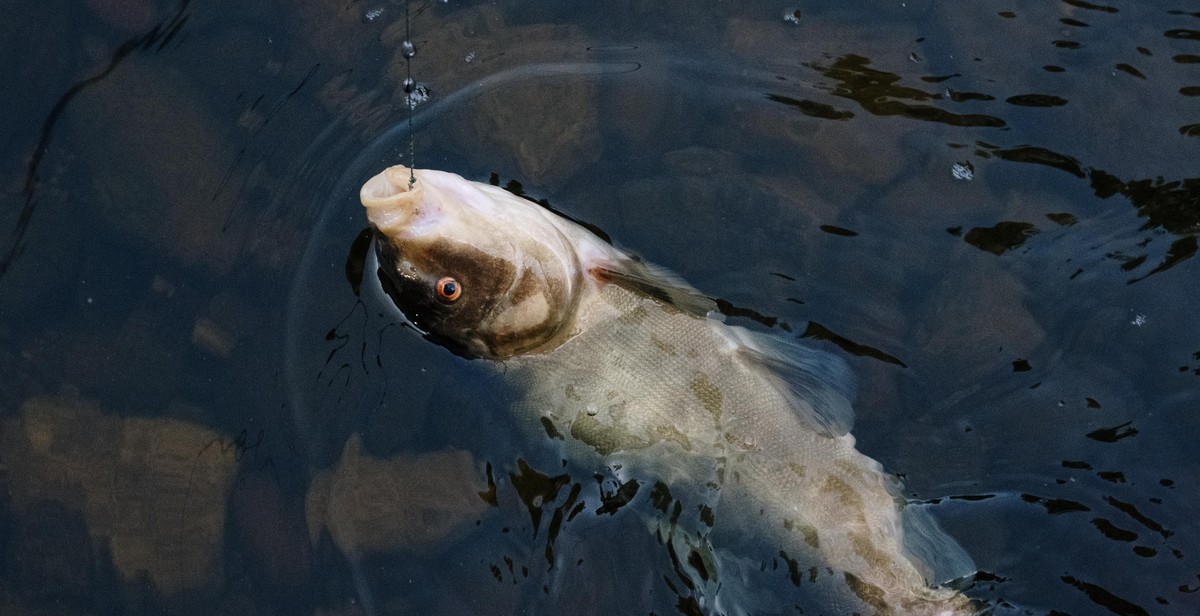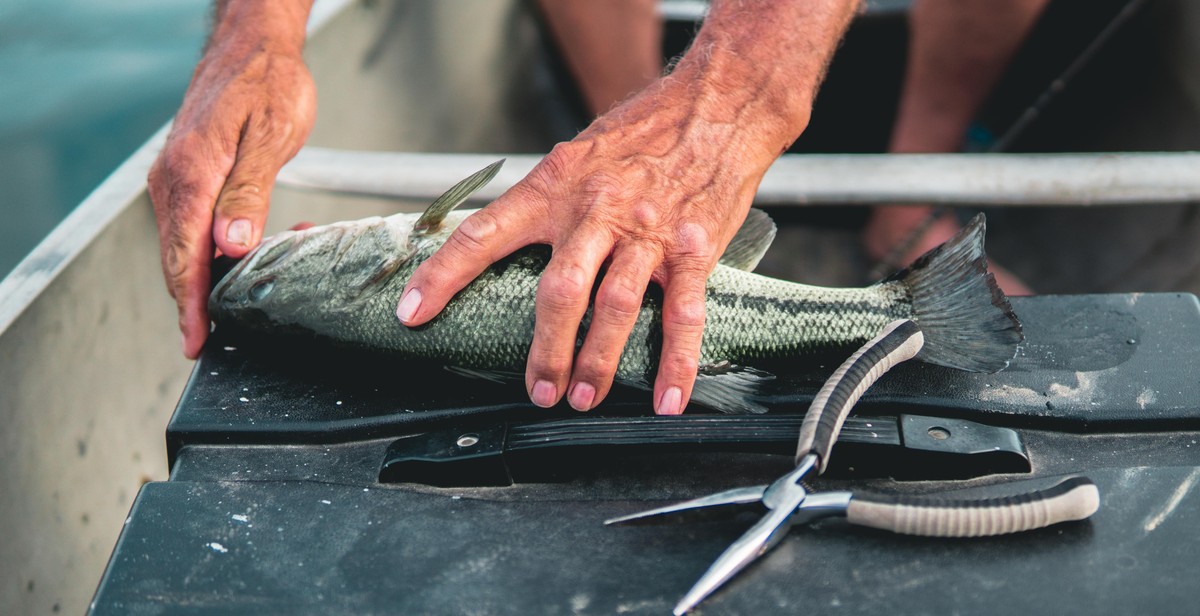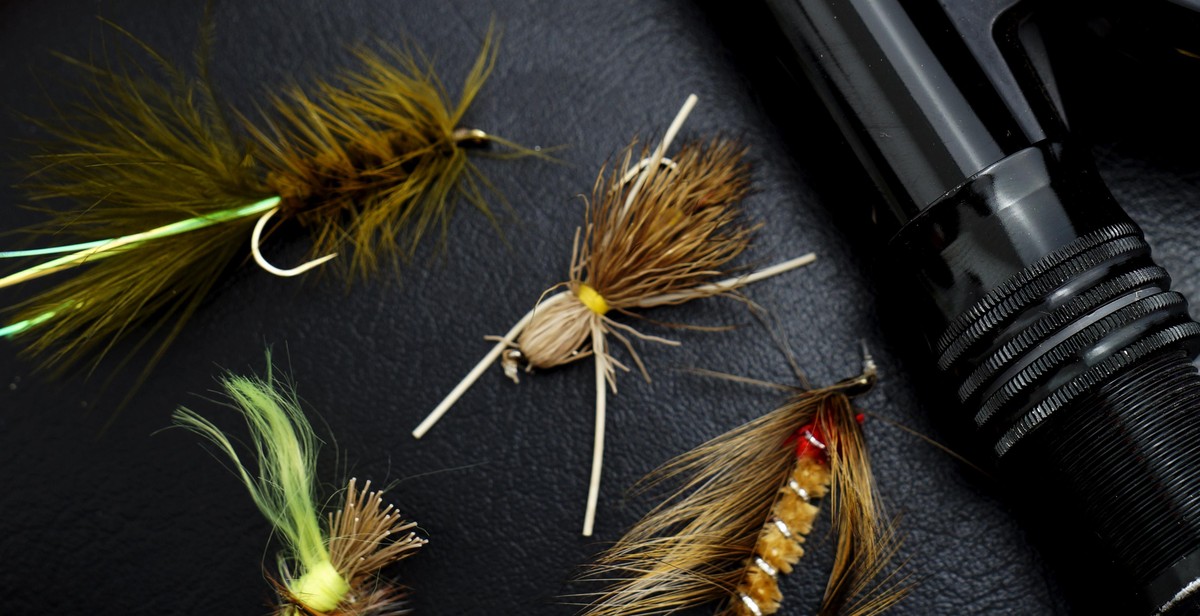Introduction: Beginner’s Guide to Ichthyology
For anyone interested in fishing or exploring local waterways, it is important to have a basic understanding of the different fish species that inhabit them. This is where ichthyology comes in. Ichthyology is the scientific study of fish, including their behavior, anatomy, distribution, and classification.
Identifying fish species can be a challenging task, especially for beginners. However, with a little knowledge and practice, it can become a rewarding and enjoyable experience. In this beginner’s guide to ichthyology, we will provide you with the basic tools and techniques to identify the most common fish species found in local lakes and rivers.
Why is it important to identify fish species?
Identifying fish species is important for several reasons. First, it allows you to understand the behavior and habitat of each species, which can help you choose the right bait and fishing technique. Second, it helps you comply with fishing regulations, as some species may be protected or have specific catch limits. Lastly, it allows you to appreciate the diversity and beauty of the aquatic environment and its inhabitants.
What are some common fish species found in local lakes and rivers?
Some of the most common fish species found in local lakes and rivers include bass, trout, catfish, sunfish, and perch. Each of these species has unique characteristics that make them easily identifiable once you know what to look for.
| Fish Species | Identification Characteristics |
|---|---|
| Bass | Largemouth bass have a large mouth and a dark, horizontal stripe along their sides. Smallmouth bass have a smaller mouth and vertical stripes. |
| Trout | Trout have a streamlined body and small scales. Rainbow trout have a pink stripe along their sides, while brown trout have a mottled brown and yellow coloration. |
| Catfish | Catfish have a smooth, scaleless body and a wide, flat head. They also have long, whisker-like barbels around their mouth. |
| Sunfish | Sunfish have a round body and a small mouth. They also have a distinctive spiny dorsal fin. |
| Perch | Perch have a narrow, oblong body and a spiny dorsal fin. They also have a vertical stripe along their sides. |
By learning to identify these common fish species, you will be able to enhance your fishing experience and gain a deeper appreciation for the aquatic environment.

Common Fish Species in Local Lakes and Rivers
Whether you are a seasoned angler or a beginner, it is important to be able to identify the different fish species in your local lakes and rivers. Here are some of the most common fish species you are likely to encounter:
Trout
Trout can be found in both lakes and rivers and are known for their tasty flesh and challenging fight. There are several different species of trout, including rainbow, brown, and brook trout. Rainbow trout are the most commonly stocked species and can be identified by their pink stripe along their sides.
Bass
Bass are a popular sport fish and can be found in both freshwater and saltwater. In local lakes and rivers, you are likely to encounter largemouth and smallmouth bass. Largemouth bass are identified by their large mouth that extends past the eye, while smallmouth bass have a smaller mouth that does not extend past the eye.
Catfish
Catfish are bottom-dwelling fish that can be found in lakes and rivers. They are known for their whiskers, which they use to sense their surroundings. Channel catfish are the most commonly caught species and can be identified by their deeply forked tail.
Sunfish
Sunfish are a family of small, colorful fish that can be found in lakes and rivers. They are popular among beginners because they are easy to catch. Bluegill and pumpkinseed sunfish are the most commonly caught species and can be identified by their blue and orange markings.
| Fish Species | Identification | Habitat |
|---|---|---|
| Trout | Pink stripe along sides | Lakes and rivers |
| Bass | Largemouth has large mouth extending past eye, smallmouth has smaller mouth not extending past eye | Freshwater and saltwater |
| Catfish | Whiskers and deeply forked tail | Lakes and rivers |
| Sunfish | Blue and orange markings | Lakes and rivers |

Identifying Fish Species
Identifying fish species can be a fun and rewarding activity for anyone who loves spending time near lakes and rivers. There are many physical and behavioral characteristics to look for when trying to identify different types of fish.
Physical Characteristics to Look For
One of the most important physical characteristics to look for is the shape and size of the fish’s body. For example, trout have a streamlined body that is designed for swimming in fast-moving water, while catfish have a flattened body that is ideal for bottom-dwelling. Pay attention to the fish’s coloration as well, as this can vary greatly between species. Some fish, like rainbow trout, have vibrant colors that can range from bright red to deep blue. Other fish, like bass, have more muted colors that blend in with their surroundings.
Another physical characteristic to look for is the fish’s fins. The number and placement of the fins can vary greatly between species. For example, some fish have a single dorsal fin, while others have two. Some fish, like bass, have spines on their dorsal fin that can be used for defense.
Behavioral Characteristics to Look For
Behavioral characteristics can also be helpful when trying to identify fish species. Pay attention to how the fish is swimming and where it is located in the water column. Some fish, like trout, are known for swimming close to the surface of the water, while others, like catfish, are bottom-dwellers.
Another behavioral characteristic to look for is how the fish is feeding. Some fish, like bass, are aggressive predators that will chase down their prey, while others, like carp, are bottom-feeders that will scavenge for food.
Tools to Help Identify Fish Species
There are many tools available to help you identify different fish species. One of the most popular tools is a fish identification guide. These guides typically include detailed descriptions and pictures of different fish species, making it easy to compare the physical and behavioral characteristics of different fish.
Another tool that can be helpful is a fish finder. Fish finders use sonar technology to detect fish in the water, allowing you to get a better idea of what types of fish are present in a particular area.
| Name of Guide | Author/Publisher |
|---|---|
| Freshwater Fishes of North America | David A. Huggins |
| Peterson Field Guide to Freshwater Fishes | Lawrence M. Page and Brooks M. Burr |
| National Audubon Society Field Guide to Fishes | Revised edition by Carter R. Gilbert and James D. Williams |
By using a combination of physical and behavioral characteristics, along with tools like fish identification guides and fish finders, you can become an expert at identifying different fish species in your local lakes and rivers.

Fishing Regulations
Fishing regulations are important to ensure the sustainability of fish populations, protect the environment, and promote responsible fishing practices. Violating fishing regulations can result in fines, penalties, or even criminal charges.
How to Find Fishing Regulations in Your Area
The easiest way to find fishing regulations in your area is to visit the website of your state’s fish and wildlife agency. They will have all the information you need regarding fishing seasons, size and catch limits, and any special regulations for specific bodies of water.
You can also check with local fishing clubs or bait and tackle shops for information on fishing regulations in your area. They may have copies of the regulations or be able to provide you with helpful tips.
Understanding Fishing Limits and Catch-and-Release Policies
Fishing limits refer to the number of fish you are allowed to keep per day or per season. These limits are put in place to prevent overfishing and ensure that fish populations can continue to thrive. It is important to know the fishing limits in your area and to abide by them to avoid fines and penalties.
Catch-and-release policies are becoming increasingly popular as a way to promote sustainable fishing practices. This means that you catch the fish but release it back into the water instead of keeping it. Catch-and-release policies help to reduce the impact of fishing on fish populations and allow them to grow and reproduce.
| Regulation | Description |
|---|---|
| Size Limits | Restrictions on the minimum or maximum size of fish that can be kept |
| Bag Limits | Restrictions on the number of fish that can be kept per day or per season |
| Seasonal Restrictions | Restrictions on the time of year when fishing is allowed for certain species |
| Catch-and-Release Policies | Requirements to release certain species of fish back into the water after catching them |
It is important to always check the fishing regulations in your area before heading out on your fishing trip. By following these regulations, you can help to protect the environment and ensure that future generations can enjoy fishing as well.

Conclusion
Ichthyology is a fascinating field of study that allows us to understand the diversity of fish species that inhabit our local lakes and rivers. Identifying common fish species is an essential skill for any angler or nature enthusiast. With the tips and techniques provided in this beginner’s guide, you can confidently identify fish species by their physical characteristics, habitats, and behaviors. Remember to always follow local fishing regulations and practice ethical fishing practices to preserve these aquatic ecosystems for future generations.
Tips for Successful Fish Identification
- Observe the fish’s physical characteristics, such as its size, shape, color, and markings.
- Take note of the fish’s habitat, including the type of water it lives in, the temperature, and the depth.
- Watch the fish’s behavior, such as how it swims, feeds, and interacts with other fish.
- Use field guides, online resources, and apps to help you identify fish species.
Final Thoughts
Whether you’re a seasoned angler or a beginner just starting, identifying fish species in local lakes and rivers is an exciting and rewarding experience. With practice and patience, you can become an expert at ichthyology and gain a deeper understanding of the aquatic ecosystems around you. So grab your fishing gear, hit the water, and start exploring the fascinating world of fish species today!
